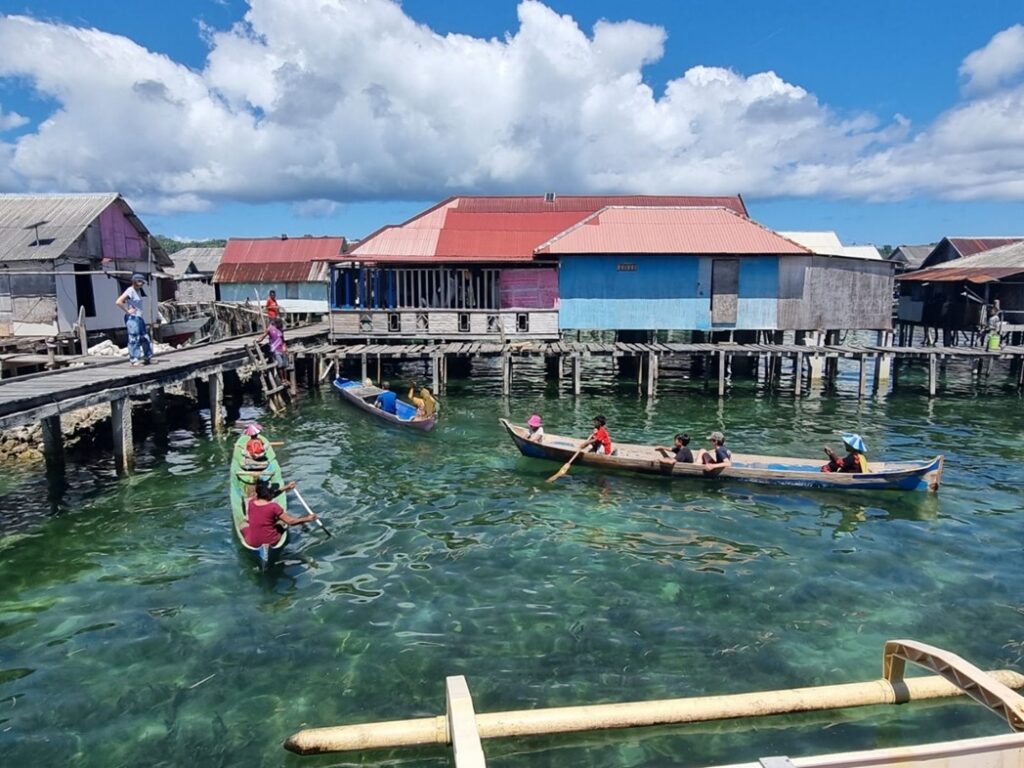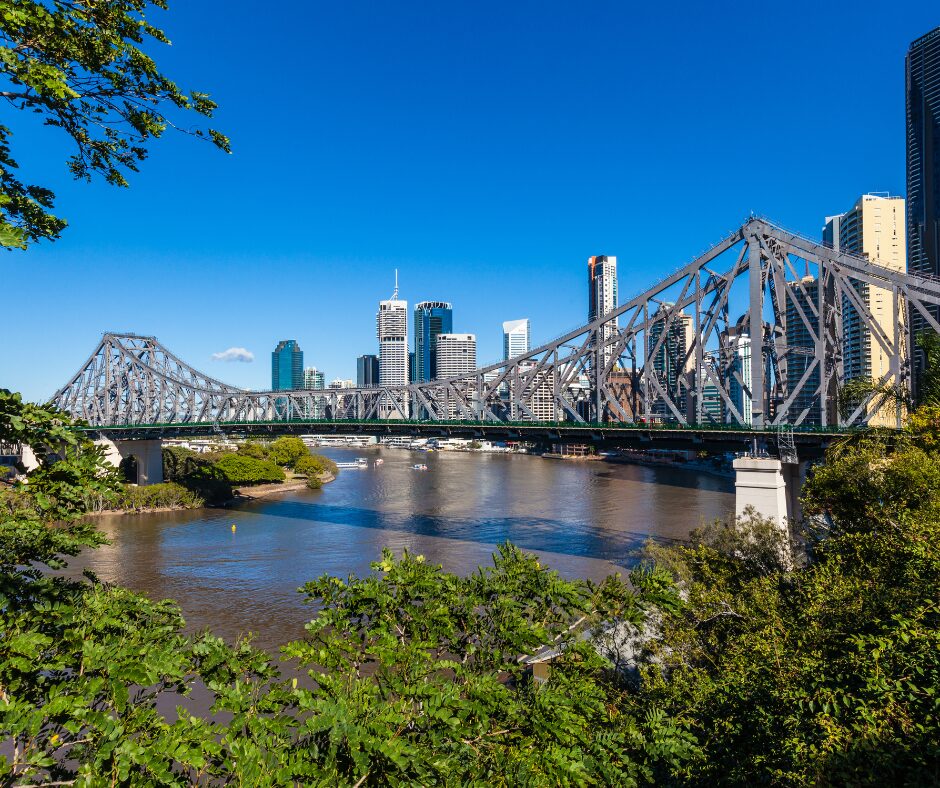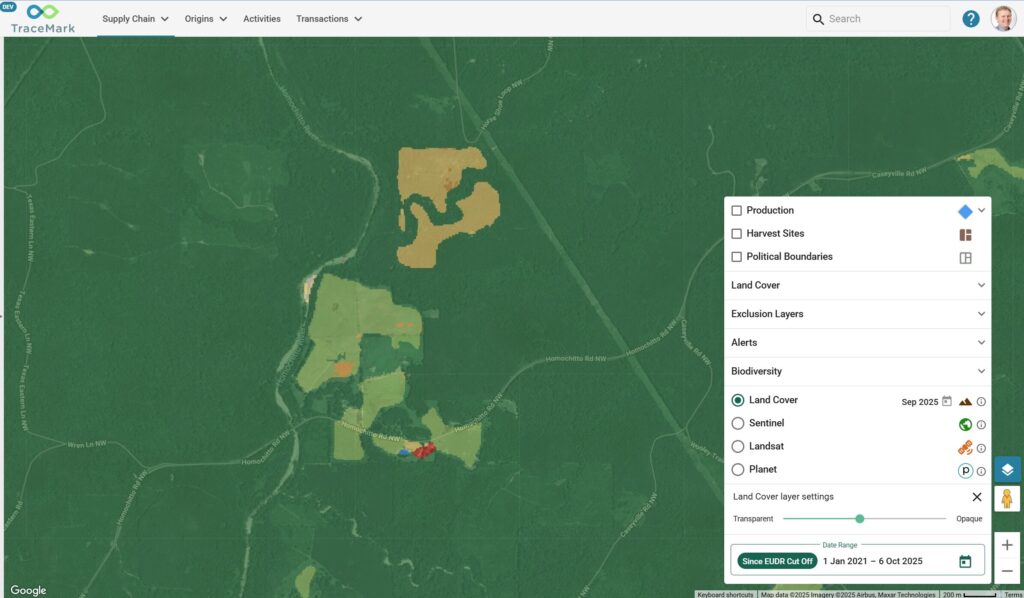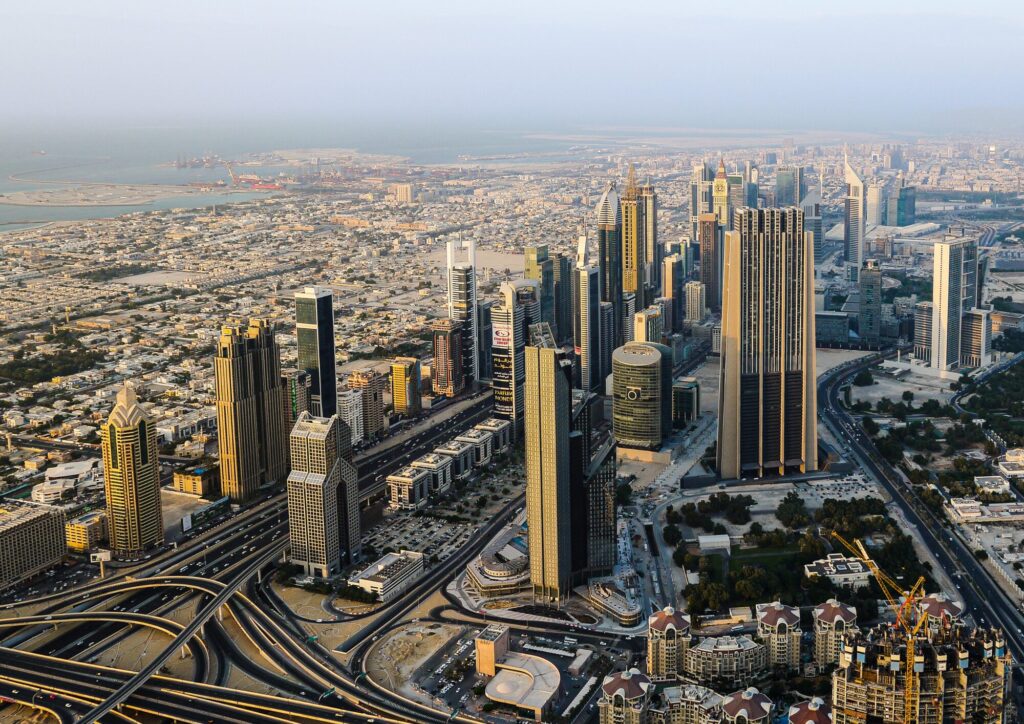Aussie cities, towns at risk from rising sea levels
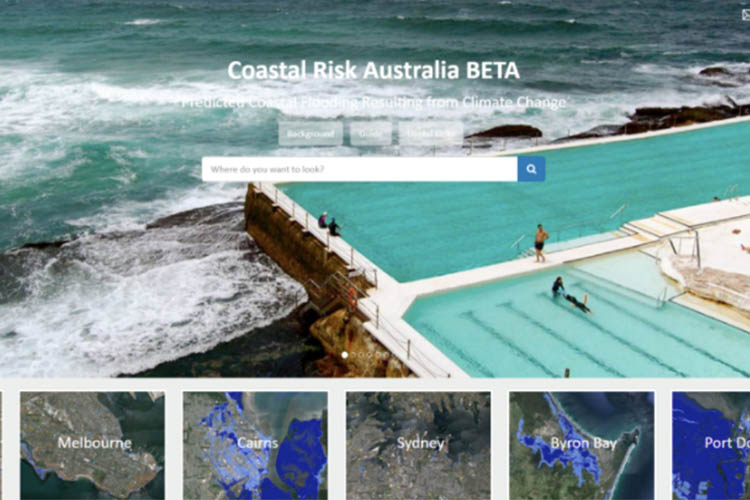
World-first website empowers coastal communities to take action
For the first time Australians can visualise how their homes, neighbourhoods and favourite coastal spots could be vulnerable to rising sea levels driven by climate change.
The Coastal Risk Australia website, made available to the public today, charts the majority of Australia’s enormous coastline and is free to use. It incorporates cutting-edge Google technology and local tidal data to accurately map how rising sea levels could encroach on cities, towns and beaches under three scientific scenarios.
The website shows that iconic beaches like the Gold Coast and famous coastal spots such as Cairns in Queensland and Queenscliff in Victoria will be among the vulnerable places to rising sea levels, and will help individuals, communities and all levels of government prepare in the decades to come.
— Visit coastalrisk.com.au to see how your area might be affected
More than 80 percent of Australians live near the coast and a Climate Council report has already warned that future sea level rises could put more than $200 billion of infrastructure at risk.
NGIS Australia Principal Consultant Nathan Eaton said it was difficult for people to appreciate what rising sea levels in decades to come could mean for their homes, community and the places they love.
“Maps are a universal language that everyone can understand. This website allows every Australian to visualise our climate change future with pinpoint accuracy, and gain a better understanding of how rising sea levels will affect our coastline, neighbourhoods and favourite places.”
NGIS Australia built the website based on an earlier model used to map sea-level rise in the Pacific Islands.
“We felt we were in a unique position as we had access to high-resolution data and cutting-edge Google technology as well as experience in modelling sea-level rise under climate change,” he said.
“Our main goal is to raise awareness of how sea-level rise will effect the places we live, but this will also help all Australians prepare for change, from all levels of government, in policy, conservation and community engagement.”
Across the globe, sea levels have risen an average of 17cm over the course of the 20th century. Average sea level rise around Australia has been at a similar level. Scientists are forecasting sea levels will rise between 0.4–1.1m over the remainder of this century depending on how rapidly the world reduces emissions of greenhouse gases.
The frequency of coastal flooding trebles with every 10cm of sea-level rise. In both Fremantle and Sydney, flooding events became three times more frequent during the 20th century as a result of sea-level rise.
Coastal Risk Australia mapping shows that if sea-levels around Australia rise by 0.74 metres by the end of this century some of the vulnerable places are:
Large sandy stretches of Australian beaches, including:
- Brighton and St Kilda beaches in Victoria
- The Gold Coast in Queensland
- Cottesloe Beach in Western Australia
Homes and streets in prestigious suburbs such as:
- Albert Park, Middle Park, and Williamstown in Melbourne.
- Narrabeen in NSW
- Mandurah in Western Australia.
- Moreton Bay area in Queensland
Popular coastal tourist spots like:
- Kakadu National Park In the Northern Territory
- Port Fairy, Gippsland Lakes and Queenscliff in Victoria.
- Noosa in New South Wales.
- Busselton in Western Australia.
- Cairns and the Sunshine Coast in Queensland
Visit coastalrisk.com.au to find out more
Related Articles
Here are more related articles you may be interested in.


